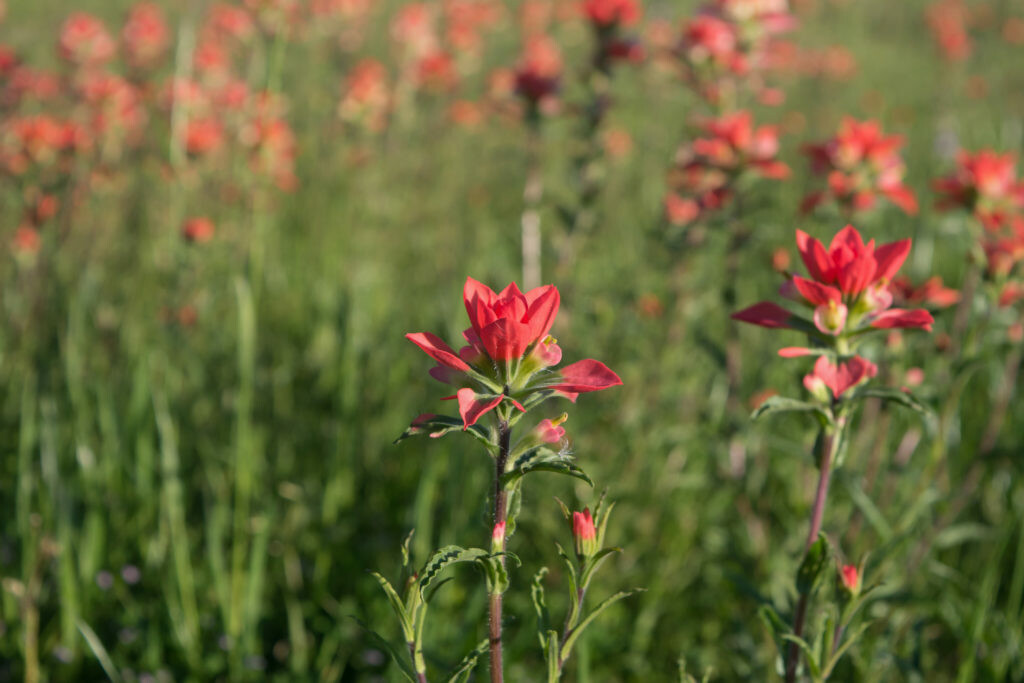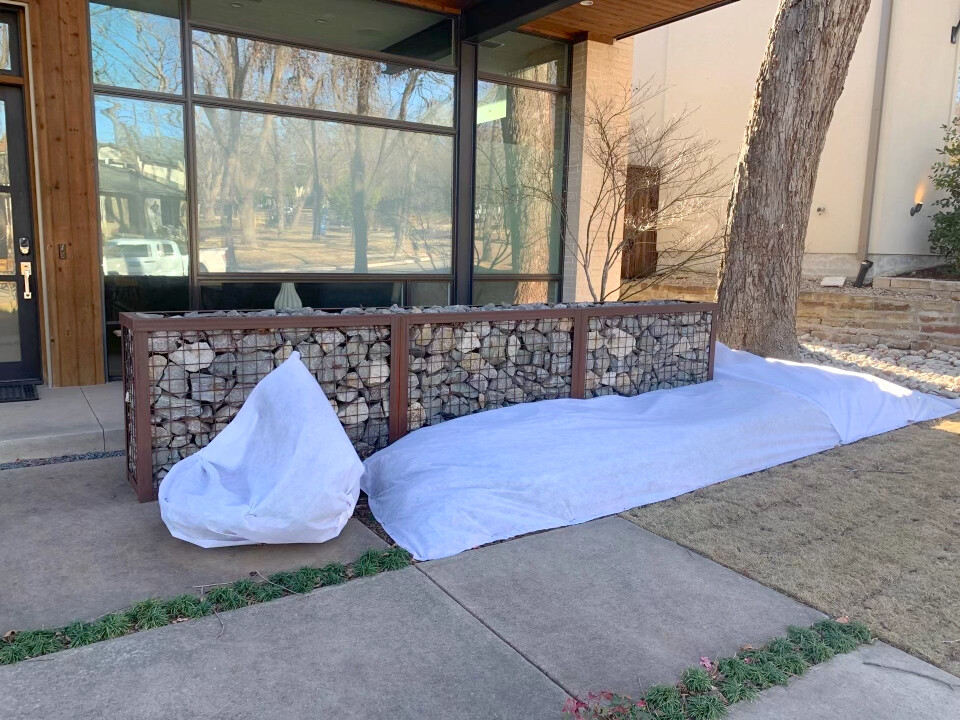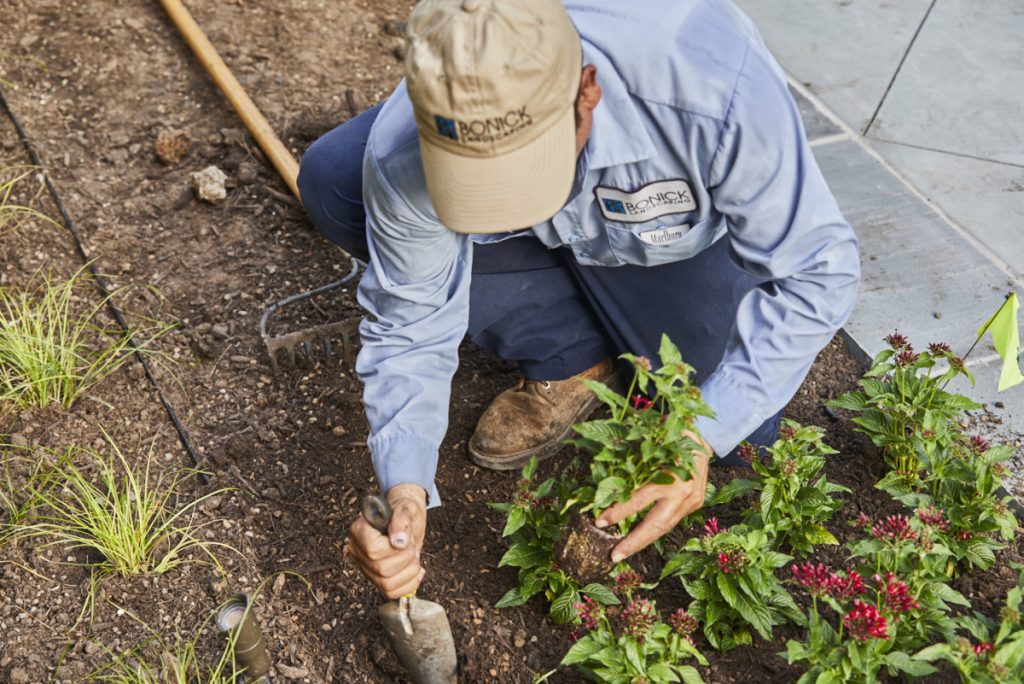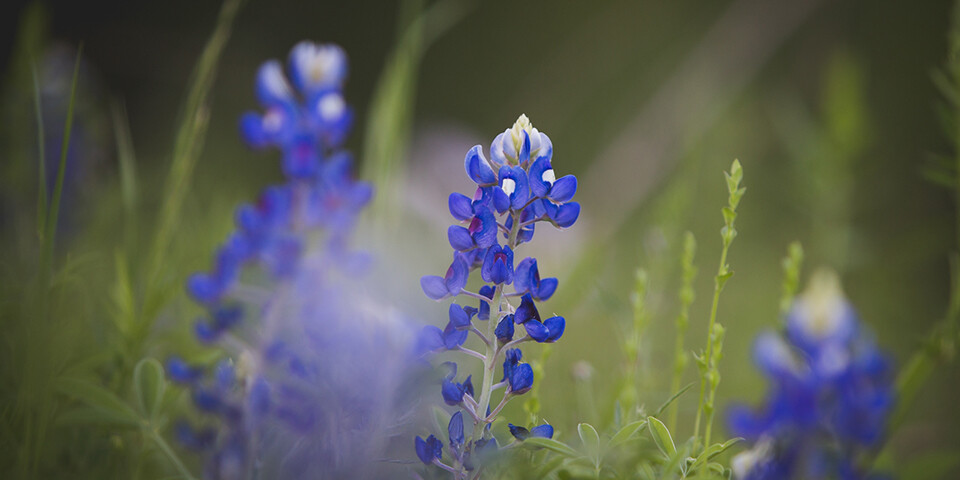
Why Native Plant Dormancy is Crucial in North Texas
Why Winter is Necessary for Native Plants
It’s no secret that winters can be pretty wild in North Texas. In February 2021, the entire state endured a record-breaking “Snowmageddon” storm with temperatures well below freezing for about a week in DFW. No thanks to the polar vortex, this sustained freeze annihilated many of our well-adapted plants and would have taken out our native plants had they not already gone dormant. Unfortunately, we saw this catastrophe last winter, when an early freeze descended upon North Texas in December 2022. Sadly, numerous native species succumbed to this shocking, premature cold snap, never to be seen again. What the remainder of this winter has in store is anybody’s guess, but thankfully our team of trained garden care specialists can help you take precautions and protect your colorful commodities. Learn more about winter’s effects on our local plant community and why native plant dormancy is crucial to their longevity.
Native & Well-Adapted Plants
Plants that originated here in North Texas are considered native, while well-adapted plants are originally native to other parts of the country or world but still thrive in North Texas. Both are drought-tolerant and heat-tolerant and typically require less water, fertilizer, and pesticides.
How Native Plants Benefit Us
Climate change can certainly cause unpredictable weather that can wreak havoc on our entire ecosystem. However, because native plants naturally trap and store carbon, they produce clean air and protect our urban areas from excessive heat and weather systems. These mighty marvels essentially help mitigate climate change! So, by nurturing native plants, which provide essential nectar for pollinators, we can do our part to help preserve our surrounding environment. Blooming bluebonnets, paintbrushes, primroses, and coneflowers are just a few of the natives that help nourish our Texas pollinators.
By blending natives with well-adapted plants, we can create a more climate-resilient landscape. Beautiful bloomers like azaleas, hydrangeas, and Texas sage help increase the bee and bird population to bring in beneficial insects. Larger, hardy, drought-tolerant plants such as aloes and agaves provide ample shelter and survive our Texas summers. Planting other well-adapted grasses such as muhly grass and trees like magnolias and vitex create colorful layers of protection for wildlife, thus preserving our ecosystem.
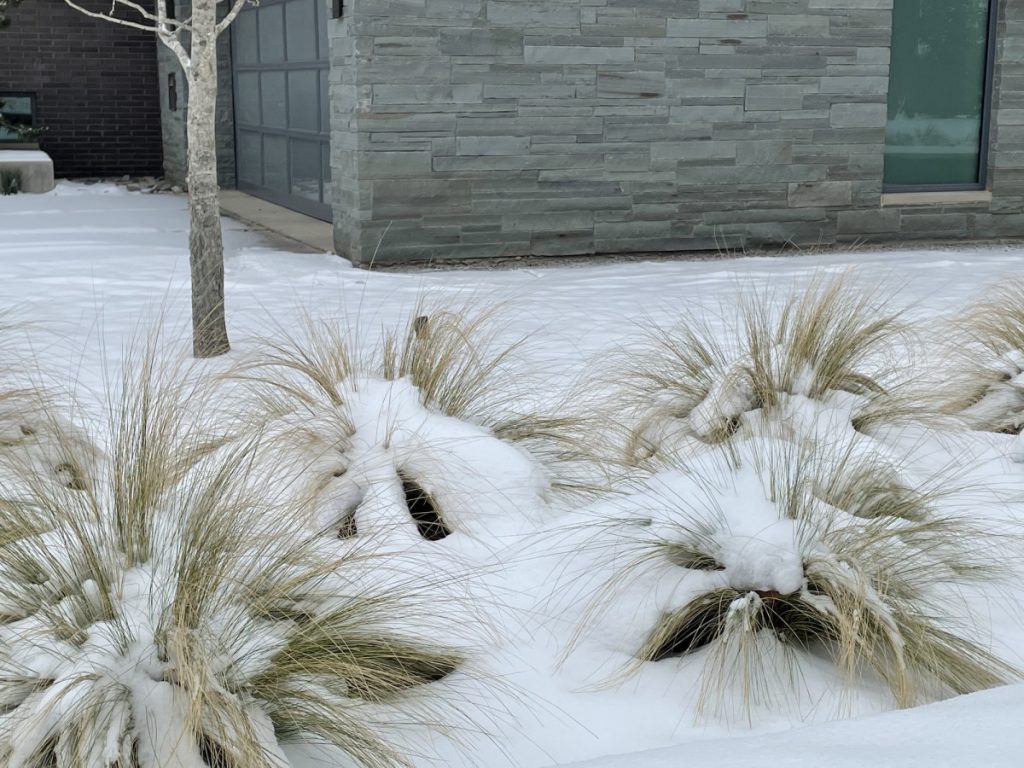
How Winter Affects Native Plants
Depending upon the circumstances, our North Texas winters can benefit or harm our native and well-adapted plants. While DFW winters are quite mild compared to much of the country, drastic temperature fluctuations can bring damaging frost to tender plant tissues. Equally as detrimental is an early freeze before plant dormancy or a lack of cooler temperatures that prevent dormancy.
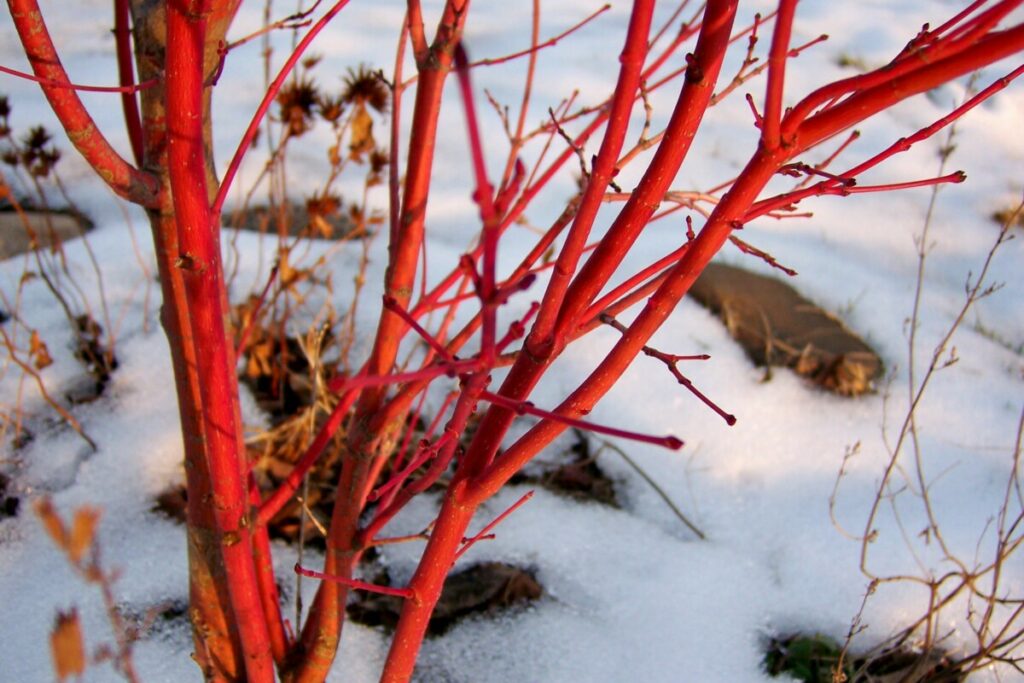
What is Plant Dormancy?
Dormancy is essentially a suspended, “armored sleep” providing native plants with protection from winter’s harsh weather. Many native wildflowers and perennial plants and trees such as lantana or iris shed their fanciful foliage and engage in trickery once temperatures hover toward freezing. To the naked eye, they may appear lifeless, but below their dreary surface, they have simply pressed the pause button. This self-preservation process protects them from frost and conserves energy and water to prepare for the upcoming Spring.
Deciduous Dallasite trees, such as oaks and maples, undergo dormancy during winter, losing their leaves, to conserve water and energy during the colder season. This transformation helps them withstand lower temperatures and prepares them for active growth in the spring. Some of these, such as the coral bark maple, adapt to the cooler temperatures with a wardrobe change worthy of a red carpet entrance.
Why is Plant Dormancy So Crucial?
- Environmental Stress Prevention
To minimize vulnerability, plants shut down during unfavorable conditions and resume growth when safe. - Energy Conservation
Dormancy is a necessary way for plants to conserve energy and resources until growing season. - Reproduction Timing
To prioritize pollination and seed spreading, some native plants synchronize reproduction with the seasons. - Water Conservation
By reducing growth and activity, dormant plants minimize water loss through their leaves when resources are limited. - Pest and Pathogen Prevention
Insects and diseases attack growing tissue, so dormancy can be a defensive mechanism. As a bonus, plants that lose their leaves also shed potential habitats for pests and diseases. - Survival of the Species
Dormancy promotes the overall survival and persistence of native plant species by allowing them to endure inclement weather conditions.
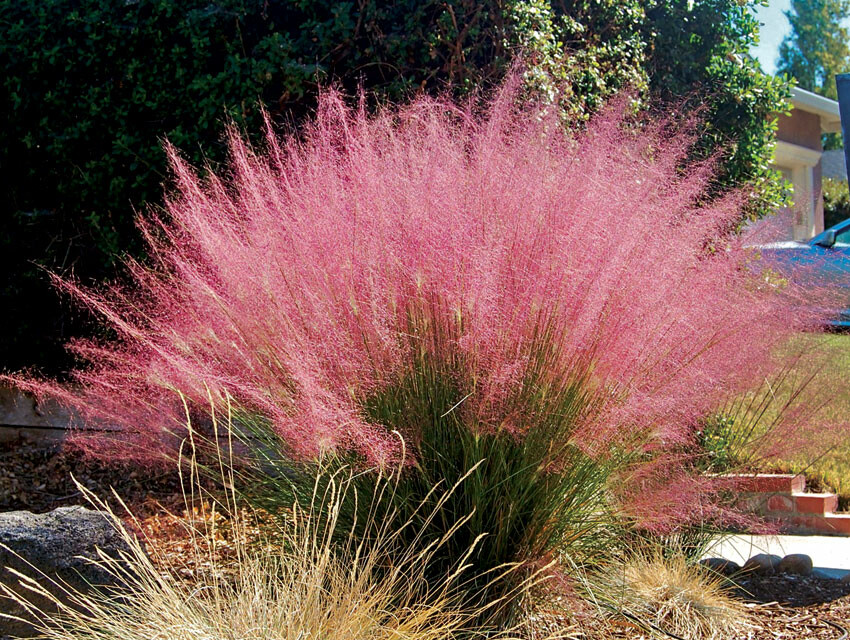
Why Don’t Some Plants Go Dormant?
Evergreen Trees and Shrubs
Now, not all native and well-adaptive plants go dormant during the winter. Evergreen plants have special characteristics that allow them to survive the cooler temperatures. Certain varieties even sport waxy leaves to maintain moisture. These trees and shrubs serve as excellent wind barriers and shelter for other plants and wildlife during the winter. Evergreen species in north Texas include cherry laurel, yaupon, wax myrtle, and live oak.
Winter-Blooming Plants:
Some native plants in the DFW area are adapted to bloom during the winter months. Their berries provide essential food sources for pollinators during the colder season and beautiful winter color. Possumhaw holly and scarlet firethorn are excellent examples of winter-blooming plants that provide seasonal interest.
How Bonick Can Help Protect Your Plants Through Winter & Beyond
According to Glenn Bonick, a low and slow cold is the best kind of winter for our plants—particularly grasses and perennials. A good winter allows our plants to go dormant and rest for spring. So here’s to hoping for more moderately cold nights before spring hits!
Take the guesswork out of knowing which plants to cover for a freeze, what materials to use, and when to protect them or allow them to breathe. We’ll handle all of that and more as part of our estate grounds management services. From weekly lawn care and pool cleaning to mosquito control and seasonal color installations, we can tailor a program that suits your needs from our landscape concierge services.
Spring will soon embrace us with milder weather, so now is the time to begin planning your spring color enhancements. While determining what to plant in your spring garden and in what location can be daunting, that’s why we’re here for you. We recommend planting perennials while existing plants are dormant so they’re primed to awaken simultaneously for spring. While we love variety, we try to be realistic about what plants are well-suited for your specific soil and light conditions and provide longevity in your landscape. Our seasoned designers can assist with the plant selection process to ensure that your garden will withstand our seasonal shifts and your dedicated garden manager will care for your plants. Contact us now to get on our spring schedule!
Resources:
Ladybird Johnson Wildflower Center
You May Also Enjoy
